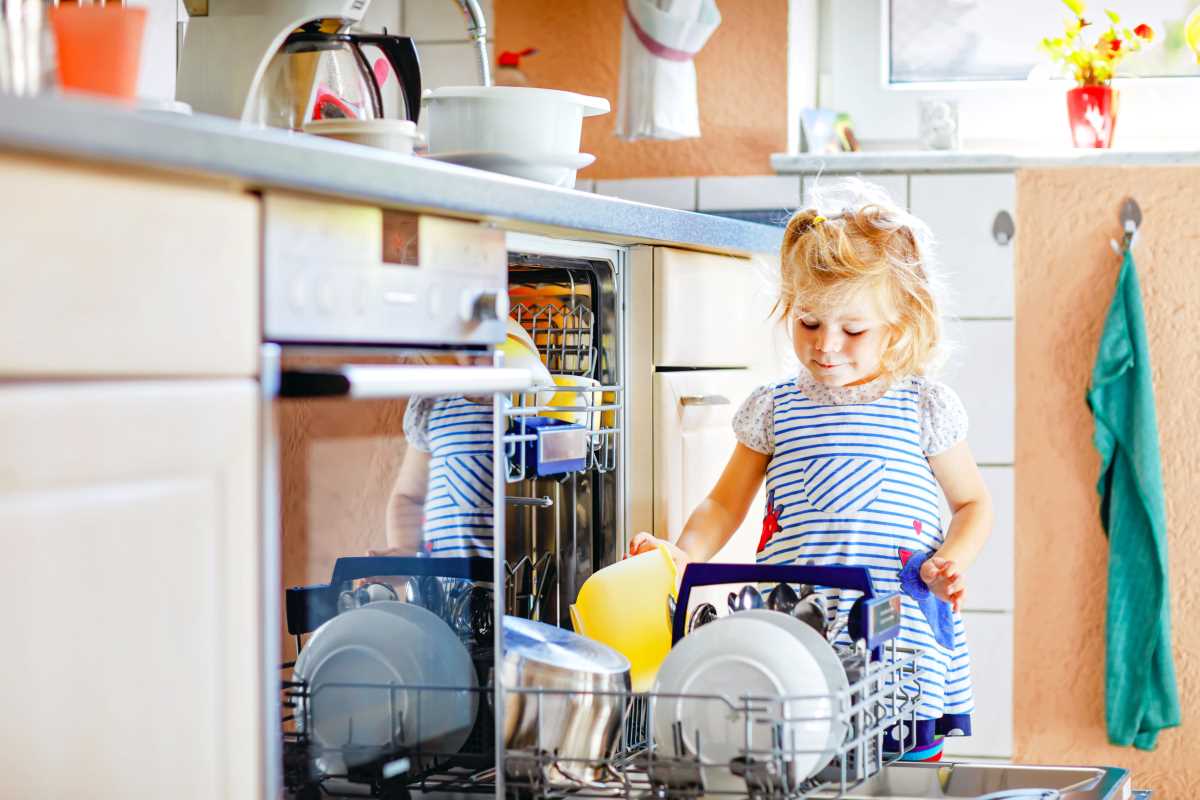Joining lives in a blended family involves uniting people from different backgrounds to create a new sense of togetherness. Each day offers opportunities for laughter, discovery, and the growth of meaningful relationships as everyone learns more about one another. New traditions take shape, and family members develop connections in ways they may not have expected. While combining different personalities and customs can sometimes bring challenges, patience and open communication help build trust and understanding. Over time, the shared experiences and small victories create a sense of belonging that makes the effort worthwhile, as new bonds gradually strengthen and the family grows closer.
Every household is built from scratch, with its own rules and expectations, as people adjust to not only one another’s habits but also personal histories. This moment of coming together invites everyone to learn, adjust, and discover fresh perspectives on what it means to be a family.
Blended Family Structures
One way to think of a blended family is to consider it as a family where one or both adults come with children from previous relationships. A blended family can take many forms and have rhythms that create a lively but sometimes complicated atmosphere in the home. Understanding these dynamics gives everyone the insight to manage differences and celebrate similarities.
Some common arrangements of blended families include:
- One parent marrying a person with children from a previous relationship.
- Both partners bringing children into the marriage, resulting in step-siblings.
- Families formed through new partnerships after previous separations or divorces.
Each arrangement involves its own set of challenges and opportunities, where boundaries, responsibilities, and expectations need to be redefined. Families must collaborate to find what works best for their unique situation.
Common challenges and how to deal with them
Adjusting to life in a new family setup can feel like learning a new language. Often, the adjustments revolve around managing differences and creating new routines. Addressing these issues requires honest communication and a willingness to compromise. Below, you’ll find a numbered list of common challenges along with some straightforward solutions.
- Building trust: Take things slowly, give everyone time to settle in, and organize activities that promote teamwork rather than competition.
- Setting boundaries: Have clear conversations about personal space and responsibilities. Clearly outline acceptable behaviors and situations that need discussion.
- Handling conflicts: When disputes happen, tackle them immediately. Sit down together and talk through feelings, taking turns to speak without interruption.
- Managing expectations: Accept that nobody will get everything right the first time. Be kind to yourself and others as the family adjusts to its new routine.
- Dealing with past baggage: Past issues can influence current behavior. Professional counseling offers a safe space to work through these challenges and plan ahead together.
Following these simple steps can help each family member feel supported and heard. Everyone’s voice matters when creating a new, shared home environment.
Building strong relationships within the family
Creating close bonds within a blended household starts with spending time together and sharing experiences. Plan family outings or simple home projects where everyone can pitch in. Listen carefully and let each person share their needs, avoiding solutions that might suit one situation but not another.
Everyone should feel included in the conversation. When discussing, speak from personal experience and avoid blaming others. Working together on small tasks or celebrating daily successes can lay the foundation for trust and understanding. Keep things cheerful by including fun and laughter, which helps make everyday life more enjoyable.
Communication methods for daily life
Regular conversations over dinner, weekend walks, or shared hobbies can create opportunities for open talk. Set aside time for everyone to vent, share thoughts, or simply discuss their day without interruptions. This routine encourages honest dialogue to become a natural part of family life.
When emotions run high, step back and think before replying. Remind everyone that the challenges of blended family living happen in nearly every home, and no single perfect formula exists. By keeping discussions respectful and sincere, family members can find common ground even when opinions differ.
Creating household rules and routines
Building a unified home begins with setting rules everyone respects and routines everyone follows. Clear expectations help each person understand their role and the boundaries in place.
- Agree on shared responsibilities like chores and meal prep.
- Create a schedule that includes time for homework, play, and family meals.
- Discuss and set ground rules for screen time and shared spaces.
- Review routines regularly to determine what works and what might need adjustment.
By sitting down together to discuss these rules, every voice has a say and no one feels excluded. This approach makes it easier for both adults and children to adapt to new habits.
Helping children through changes
Kids in blended families often face big transitions. Support them by listening to their concerns and creating a safe space to share. Spend one-on-one time to build trust and strengthen bonds with each parent figure. With patience, clear communication, and care, families can grow closer and create a supportive, loving home.







